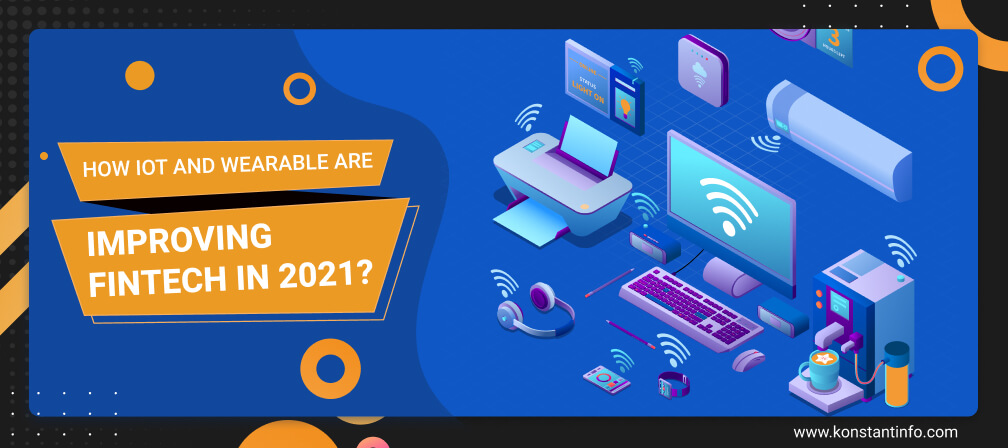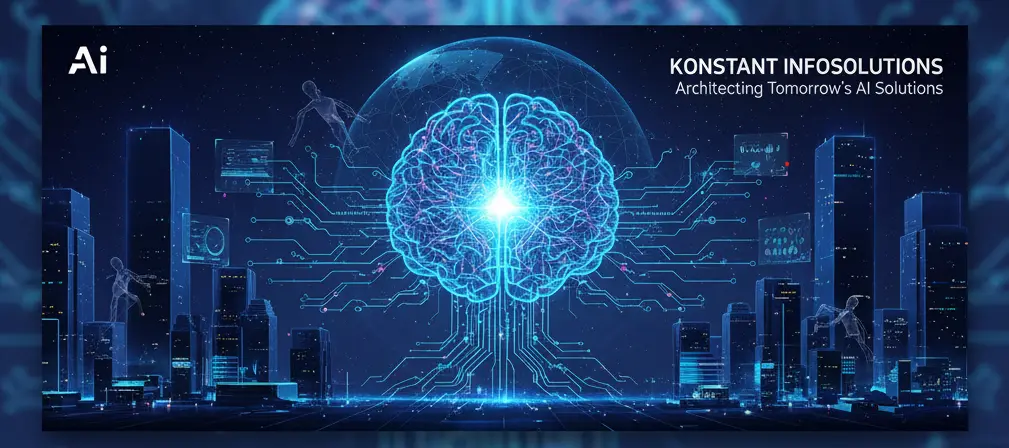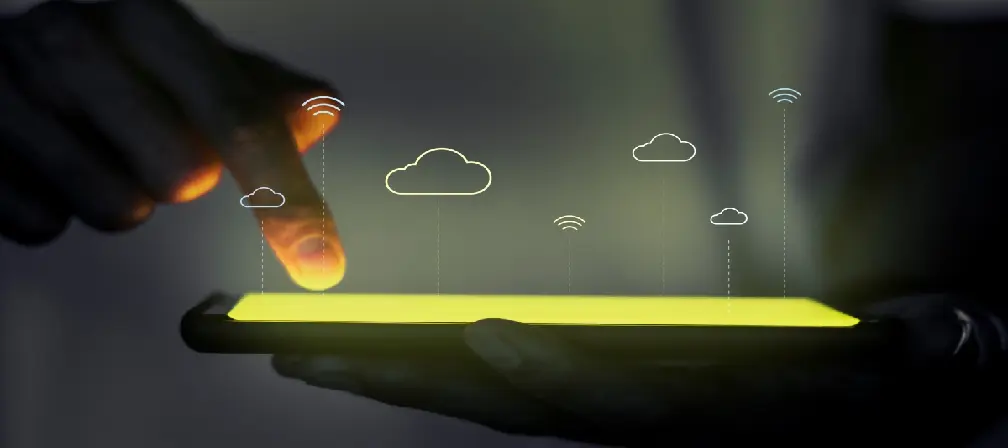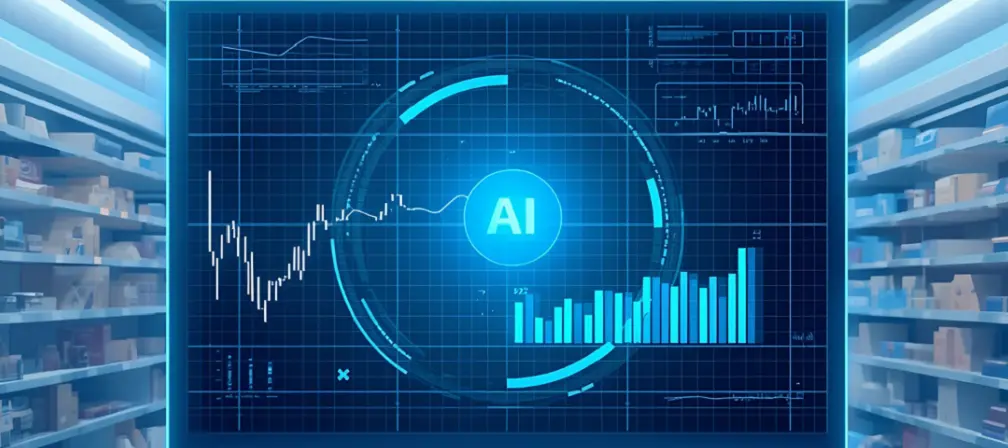
Table of Contents
Business owners and consumers use Fintech in managing their financial operations and overall process by utilizing specialized software and algorithms. Wearables (Wear OS) are prevalent across sports enthusiasts in general, to keep up with their general well-being. It reminds you to pay your bills, never miss premium, check your account balance, transfer instant amounts and never baffle with your daily-essential needs.
Financial institutions need to prepare more wallet share as this network of things will create new transactions, data sources and revenue streams. IoT helps:
smart-watches, smart speakers, smart TVs, smart ovens, smart-pressure cookers, smart-alarm systems. Crawling towards Fintech IoT improves customer service, safety and security, smart-repayments, smart-internal procedures and other facilities.
The finance industry deals with the transfer, gathering and analyzing enormous data for credit risk assessment. Advanced technologies drive IoT like D2D (device-to-device) communication protocols and sensor implementation. Let’s find out where it affects more:
Customers seek swift customer service while dealing with banking transactions. Any signs of delay can be a total turn off which might divert the customers towards their competitors.
IoT-enabled sensors like proximity-based systems, WiFi-based systems, ultra wide-band systems, acoustic systems, infrared systems. Users browse and navigate their way through the destination within the building premises. It is easy to use, cost-effective, highly secure, easily scaled, easily deployed and saves a lot of time. Types of indoor positioning systems include Proximity-based Systems, WiFi-based Systems, Ultra Wide-Band (UWB) Systems, Acoustic Systems and Infrared (IR) Systems.
IoT helps collect data from the customer network, uses advanced analytics to uncover business insights and opportunities, reduces operational cost. It involves selecting a sample of data about your top customers and the processes that support those customers.
It helps avoid queues as appropriate IoT devices installed within banking premises guide customers to input their problems into original equipment. The banking system issues a ticket with agent information that they must see and their number in the line. The device notifies them when it’s their turn.
Increasing usage of smartphones and wearable devices to initiate P2P cashless payments are replacing traditional credit cards and cash withdrawals. This tech is proving to be safe in making cordless settlements.
Finance firms use procedure automation to enhance customer service and streamline day-to-day features. It involves making use of smartphones to open doors of ATMs during off-hours instead of using vital cards.
IoT Fintech startups can use smart-gadgets to enable wireless self-checkout services. Amazon Go chain of superstores allows users to come-shop-go without having to wait in queues to make payments. Payments auto-deduct from Amazon pay wallets/bank accounts linked with Amazon.
To access accounts through digital channels
Wet-Ink technology: It involves signing in through touch screen devices. It eliminates the barriers associated with in-person, paper-based transactions.
New daily leasing models involve metrics like real-time monitoring, asset usage, idle time, pricing of leased assets. Digital assets turn traditional products into services. However, these terms are subject to change basis the bank’s control of leased assets.
IoT in finance is potent enough to control a customer’s mortgaged assets. In such cases, a retail or SME customer could raise short-term finance by offering manufacturing machines like cars or expensive home appliances as collateral. The request for financing and transfer of ownership could be automatic and completely digital. Banks immediately issue loans and monitor collateral status in real-time.
Integrating IoT and payment functionality lead to several payment endpoints.
It involves tracking high-value goods delivery using RFID. IoT accelerates this to include fine-grained tracking of assets, monitoring temperature for shipments involving temperature-sensitive goods such as pharmaceuticals. IoT-enabled systems trigger alerts in the chance of spoilage during the shipment process. It results in risk mitigation and making informed decisions.
It is an extension of automated payments through things when more devices become digital and “smart” (Possibility to have wallets for every device)
PFM tools offer specific notifications by accessing IoT data from the customer’s owned devices.
Insurance Companies backed with finance from bank offer plug into the on-board diagnostic port of cars and send driving behaviour data back to it.
Connected programmable products and services can generate customer-specific data to create a digital counterpart.
IoT enabled Smart Payment Contracts: Smart contracts, digital identity coupled with IoT to make partial payments, fully self-executing and self-enforcing to enforce the negotiation or performance.
IoT extends the P2P model to new areas, impacting traditional financial services products such as leasing.
The IoT device manufacturers have overlaid your worst fears and converted them into everyday convenience. It might cost a bit, but it bumps off that itch and gets you straight with your transactions. Alright, we hope it helps. Contact with fintech app development company if you want to create a Fintech web app/android app/iOS app to boost your Fintech business!



Neeti Kotia is a technology journalist who seeks to analyze the advancements and developments in technology that affect our everyday lives. Her articles primarily focus upon the business, social, cultural, and entertainment side of the technology sector.
Or send us an email at: [email protected]